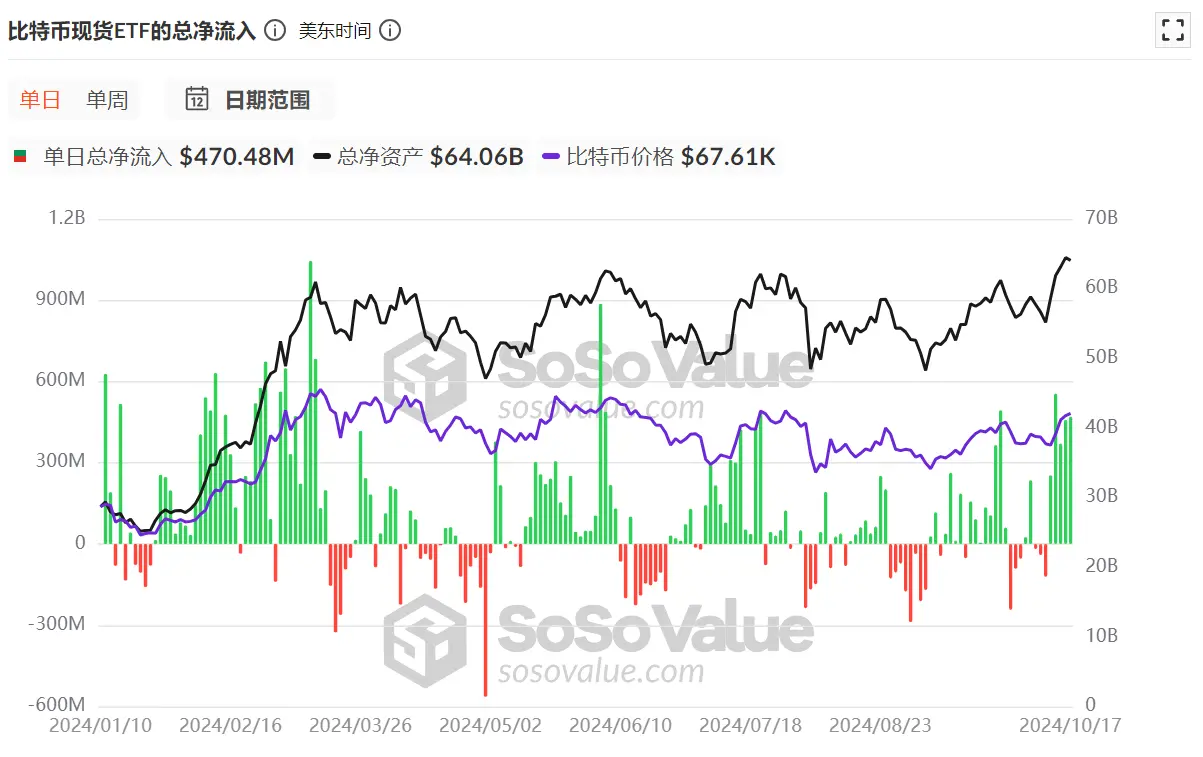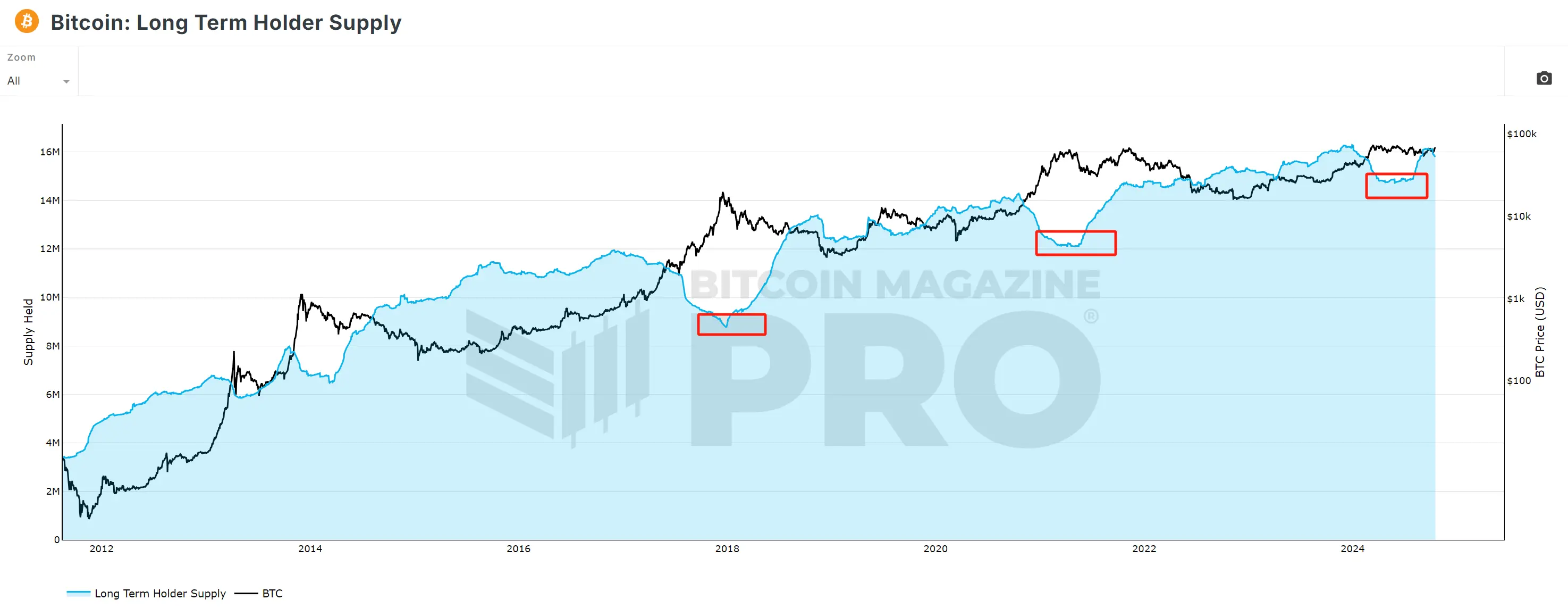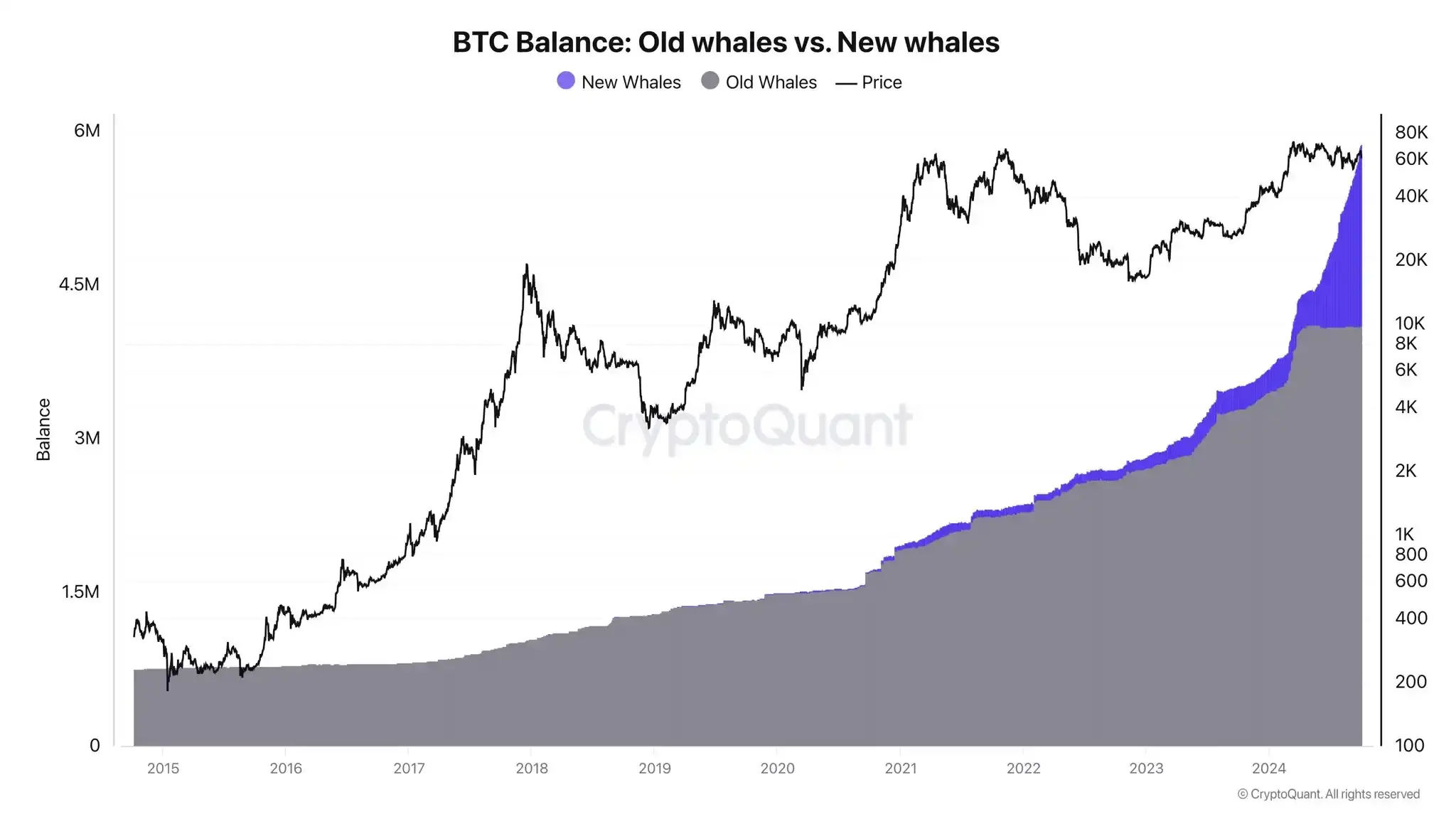Five major data interpretations of the current market: After waiting for half a year, is the bull market coming?
Author: 1912212.eth, Foresight News
The market is not as optimistic as many hoped, but it is also not as pessimistic as some feared. No one anticipated that the prolonged decline in the crypto market, which began in March of this year, would last for a full six months. At one point, the drop made some investors unable to hold back their frustrations, lashing out at the sky, the earth, and exchanges. There were predictions from an ancient OG that one should prepare for an 18-month long battle, and some whales even tweeted about giving up on the crypto space, urging more people to fully invest in A-shares.
Will there be a season for altcoins? Every time the market is in doubt, it is precisely at the bottom range of the market. History always responds: there will be.
History is often remarkably similar. In 2023, the market also began to quiet down in the middle of the year, until it took off in October last year. This year is no different. Interestingly, some funds appear to be smart, seemingly sensing the opportunity and quickly positioning themselves. As a result, by the end of September, the market had already welcomed a significant surge. After a brief pullback in early October, the self-fulfilling prophecy of "October rising" was once again realized, with the market climbing from a short-term low of $52,000 to $68,000, just $6,000 away from its historical high. Meanwhile, some previously scorned altcoins have also seen significant gains from their lows, even doubling or tripling in value.
After waiting for half a year, has the bull market arrived?
Continuous Large Inflows into Bitcoin Spot ETF
The data from Bitcoin spot ETFs represents the real purchasing power from over-the-counter transactions. Unlike individual trading, it reflects the willingness of some people to pay fees for others to purchase BTC on their behalf. Historically, when there is a large net inflow, buying pressure tends to increase, often leading to a rise in Bitcoin prices. Conversely, when there is a large net outflow, prices tend to fall.

Since the official launch of the spot ETF, the total net inflow has reached $20.66 billion. Notably, from October 1 to now, there have been 6 days of net outflow, but 7 days of net inflow, with the net inflow amounts being quite substantial. On October 14, the net inflow exceeded $555 million, and on October 16 and 17, the net inflows were both over $450 million, with October 15 seeing a net inflow of over $370 million.
Although the number of days with net inflows and outflows is roughly equal, the amount of net outflow is small, while the net inflow amounts are often several times larger than the outflows.
Even the less favored Ethereum spot ETF has seen a rare single-day net inflow of $48.41 million since October.
The purchasing power from over-the-counter funds remains quite strong.
Stablecoin Market Cap Approaching Historical Highs
The changes in the total market cap of stablecoins represent the size of capital inflows. Although the market has fluctuated over the past few years, when we broaden our perspective, it is hard to be pessimistic.

The total market cap of stablecoins reached a historical high of $18.63 billion in mid-2022, then continuously fell, but overall remained above $12 billion. Fast forward to October 2023, capital inflows have accelerated, and the total market cap of stablecoins has now exceeded $17.23 billion, nearing its historical high.
BTC Unrealized Net Profit Shows Most Players Are in Profit
The unrealized net profit/loss of Bitcoin is a key indicator used to measure the profit/loss situation of on-chain Bitcoin players. We can see that the colors of the chart range from red, orange, light yellow, gray-white, to light blue from top to bottom. The bottom blue represents most people suffering losses, while the top red indicates that most players are in profit.

When the line chart is in the light blue area, it often indicates the bottom range of BTC prices, as those suffering losses are continuously exiting the market. Conversely, when the line chart is in the yellow or red area, it often indicates the top range of BTC prices, where many people, having made profits, choose to take their gains and exit, leading to a peak in the cycle. This cycle repeats itself.
From the line chart, the market has currently climbed back from the light area to the yellow area. According to data disclosed by IntoTheBlock, currently, 95% of BTC addresses are in profit, indicating a clear recovery in market sentiment.
Historically, such levels often signal strong bullish momentum, but they may also represent potential overextension.
Bitcoin Long-Term Holders Are Continuously Buying
The amount of long-term holders primarily shows the total supply of BTC held by long-term holders. Here, long-term holders specifically refer to addresses that have held BTC for over 155 days.

The chart shows that whenever BTC prices peak, the number of addresses held by long-term holders decreases. This is because smart money tends to take profits and exit when prices reach their peak. After a decline, they accumulate BTC again, and upon price recovery, they sell once more, repeating this cycle.
The chart indicates that since the end of July this year, this group of long-term holders has resumed their buying spree, with the right-side line chart appearing quite steep. Clearly, these smart funds are optimistic about future market trends.
It is worth mentioning that according to CryptoQuant data, new whale addresses are almost frantically accumulating BTC. Founder Ki Young Ju stated that the BTC market has never seen such accumulation behavior. Some believe that the new whales are primarily due to ETF inflows, but recent accumulation behavior suggests that these new whale addresses have little correlation with ETFs.

The Total Open Interest in Bitcoin Contracts Has Reached a Historical High
Today, according to Coinglass data, the total open interest in Bitcoin contracts across the network has risen above $39.7 billion, setting a new historical high.

Contract data often represents market sentiment regarding future trends. It tends to lag behind the performance of Bitcoin spot prices, and because of this, when the market becomes overwhelmingly optimistic about short-term trends, it is also prone to corrections, clearing positions and leverage.
Notably, over the past six months, the open interest in Bitcoin contracts has remained at relatively high levels. This new data marks the first time it has broken the previous year's high of over $38 billion. Market optimism has clearly increased.
Summary
On a macro level, the Federal Reserve is set to lower interest rates in the upcoming months of November and December, with some liquidity from around the world continuously flowing into risk assets, making liquidity in the crypto market more abundant. A series of on-chain indicators show that the market is continuously warming up, with capital inflows.
"Markets are born in despair, grow in doubt, mature in hope, and die in expectation."
Perhaps, after nearly half a year of waiting, a new round of the crypto market bull run is about to take off.









